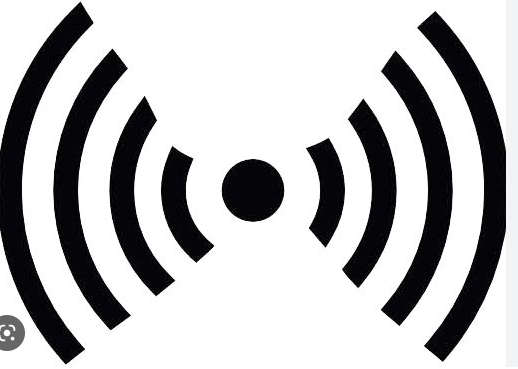Understanding the Meaning of L1, L2, and L5 GPS Signals

Are you finding it difficult to understand the various types of GPS signals? This article provides a simple and concise summary of L1, L2, and L5 GPS signals, their purpose and applications.

L1
First up is the L1 signal, which works at a frequency of 1575.42 MHz. This is the original GPS signal and is used by almost all GPS devices, primarily for military and commercial applications. The L1 signal provides information on the user’s location, speed, and direction but is vulnerable to interference from a variety of sources, such as atmospheric conditions and buildings.
L2
Moving on to the L2 signal, this operates at a frequency of 1227.60 MHz. It was developed as a way to improve GPS signal accuracy, making it more resistant to interference caused by factors such as ionospheric activity. The L2 signal is typically used by high-precision GPS applications, such as surveying and mapping.
L5
Finally, there is the L5 signal, which operates at 1176.45 MHz. This is a relatively new signal and is designed to complement the existing L1 signal, providing users with more accurate positioning data. It is used in applications where accuracy is critical, such as aviation and autonomous vehicles.
In summary, the L1, L2, and L5 signals are all essential elements of GPS technology, each playing a unique role in determining the user’s location, speed, and direction. Whether you’re using GPS for commercial or military purposes, or just getting directions to your next destination, understanding these signals will help you get the most out of your GPS device.
The use of GPS signals, specifically the L1 and L2 frequencies, can improve the accuracy and speed of location tracking. When the L1 signal is used alone, it can provide a level of accuracy of around a centimeter when combined with RTK, but it is considered slow and can take up to 10 minutes to reach this level of accuracy.
However, by using both L1 and L2 signals together in a method called Precise Point Positioning (PPP), accuracy can be improved even further. Since the L2 signal has a higher frequency, it can penetrate through obstacles more easily and any errors caused by particles in the air can be calculated and eliminated by comparing the two signals. This allows for an accuracy level comparable to the RTK method but with the added benefit of only requiring one receiver to be used. Moreover, using both L1 and L2 together makes it possible to operate the GPS receiver in more challenging environments such as near buildings or under tree cover.
The L2 signal is faster and sent out more frequently, which means that initial signal acquisition is also speedier when using PPP rather than just the L1 signal. Overall, the use of both L1 and L2 signals in combination with PPP can significantly improve the accuracy and efficiency of GPS tracking.








